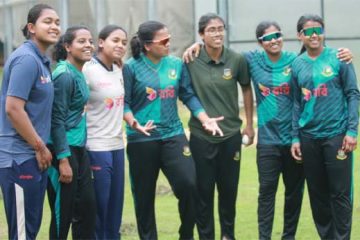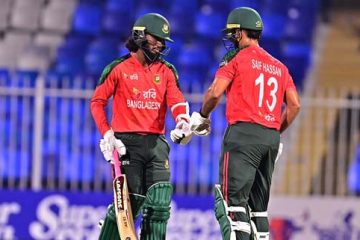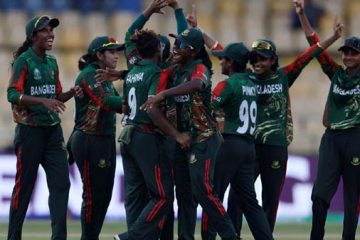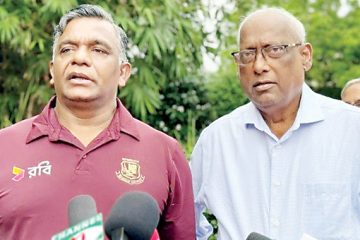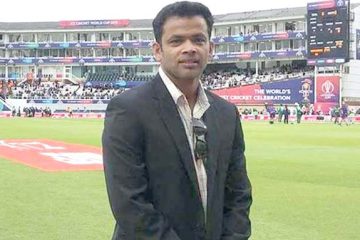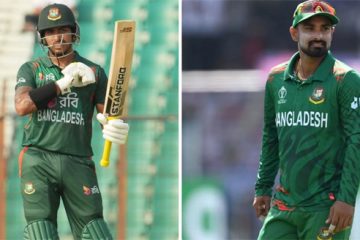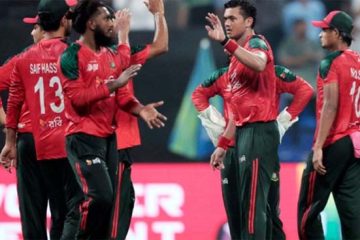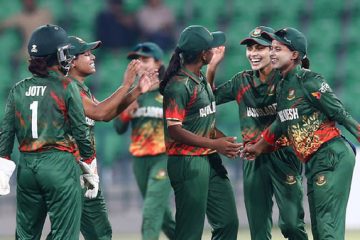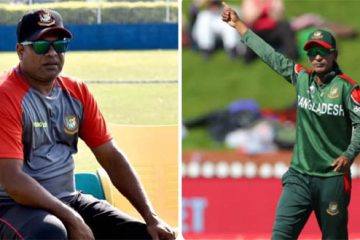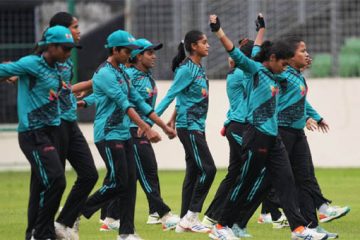A total of 35 centuries scored and 29 times the bowlers took five or more wickets in an innings are giving an impression that the just-concluded 15th National Cricket League was full of action, but the ground reality is far from what the mere statistics suggest. The players and selectors are of the opinion that the standard of the tournament has little improved from its miserable past with the matches again being held on substandard wickets.
Teams were selected at the whims of officials, leaving the players to give an indifferent look towards the competition, which inevitably lowered the standard of cricket.
As a result many individuals got some personal rewards which they would not have expected in normal circumstances.
Rajshahi all-rounder Mukter Ali equalled the world record of Andrew Symonds, Jesse Ryder and Graham Napier for most sixes in a first-class innings when he hammered 16 over-boundaries against Chittagong.
His record feat came after all-rounder Farhad Reza and number eight batsman Sanjamul Islam shared 347 runs for the second-highest ever seventh-wicket partnership in first-class cricket history.
‘To be honest, the biggest drawback that came to my notice was the wicket,’ said Minhajul Abedin, a former first-class cricketer, who closely monitored the tournament as a national selector.
‘It was not sporting and the seam bowlers hardly had anything for them,’ said Minhajul. ‘Apart from few hours of first day morning it began to slow down and in the process made batting very easy.’
Minhajul observed that unless this trend in the NCL is not changed Bangladesh cricket would be hardly benefitted from the tournament, which until recently was the country’s maiden first-class tournament.
‘It did little to find new talent in fast bowling department with spinners dominating the matches in their favourable pitches, Minhajul said.
‘Bangladesh has been struggling for quality pace bowlers at Test level and the tournament only indicated there is no light at the end of the tunnel.
‘What made the situation worse is a bizarre rule,’ said Minhajul, referring the tournament committee’s decision not to allow any pace bowler to bowl more than 15 overs in a day in the tournament.
‘If someone is not tried and tested to his fullest in the longer version tournament, how can they improve their skill and increase their workload?,’ questioned Minhajul.
The decision, which sometime prompted the teams to go with just one pace bowler, also affected the batsmen as they were hardly tested, Minhajul pointed out.
‘Unless a batsman is tested in true seaming condition, it is hard to judge his talent. This is one reason I cannot be excited about so many centuries,’ said Minhajul.
Team selection was another issue that hit the playing standard. Unlike the past, there was no hard and fast rule for the teams to select players on the basis of their cricketing background.
‘I have reason to doubt if some players at all deserve to be first-class cricketers. Most of the teams did not even bother to field a Premier Division or First Division cricketer,’ said Minhajul.
Veteran Tushar Imran, who has been playing for Khulna Division for almost a decade, also echoed the same words.
‘For competitive cricket you need to have sporting wickets, but we did not have it this year too,’ he said. ‘Either the wicket is too much batting-friendly or it favoured the bowlers.’
The trends in the tournament supported the claim. While in one match a team scored over 756 runs, in another match at another venue a team were shot out for 48 runs in 13.1 overs.
‘Matches are held in a very casual manner, which cannot be the nature of a first-class tournament,’ said Tushar. ‘If we want to take our game forward we must be serious about this competition.’
-With New Age input



